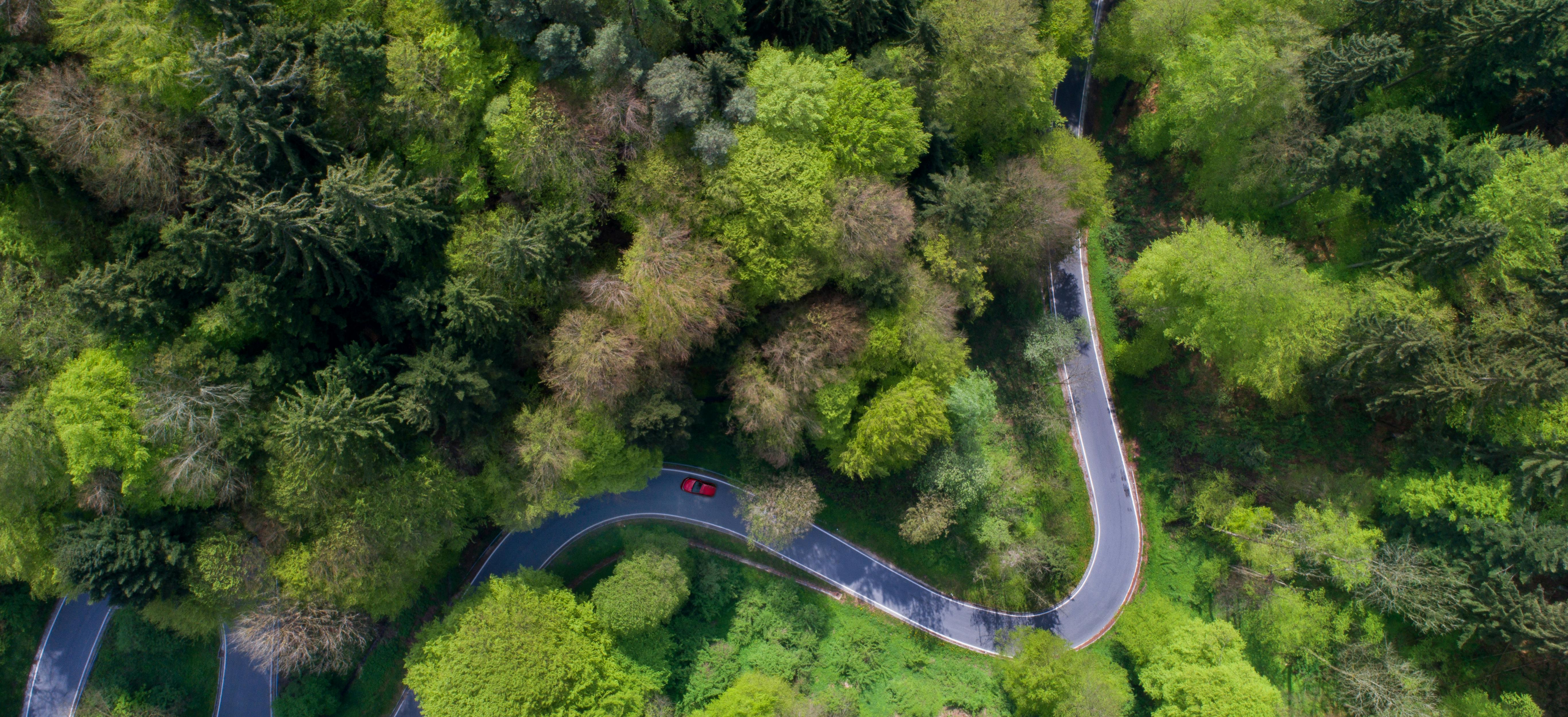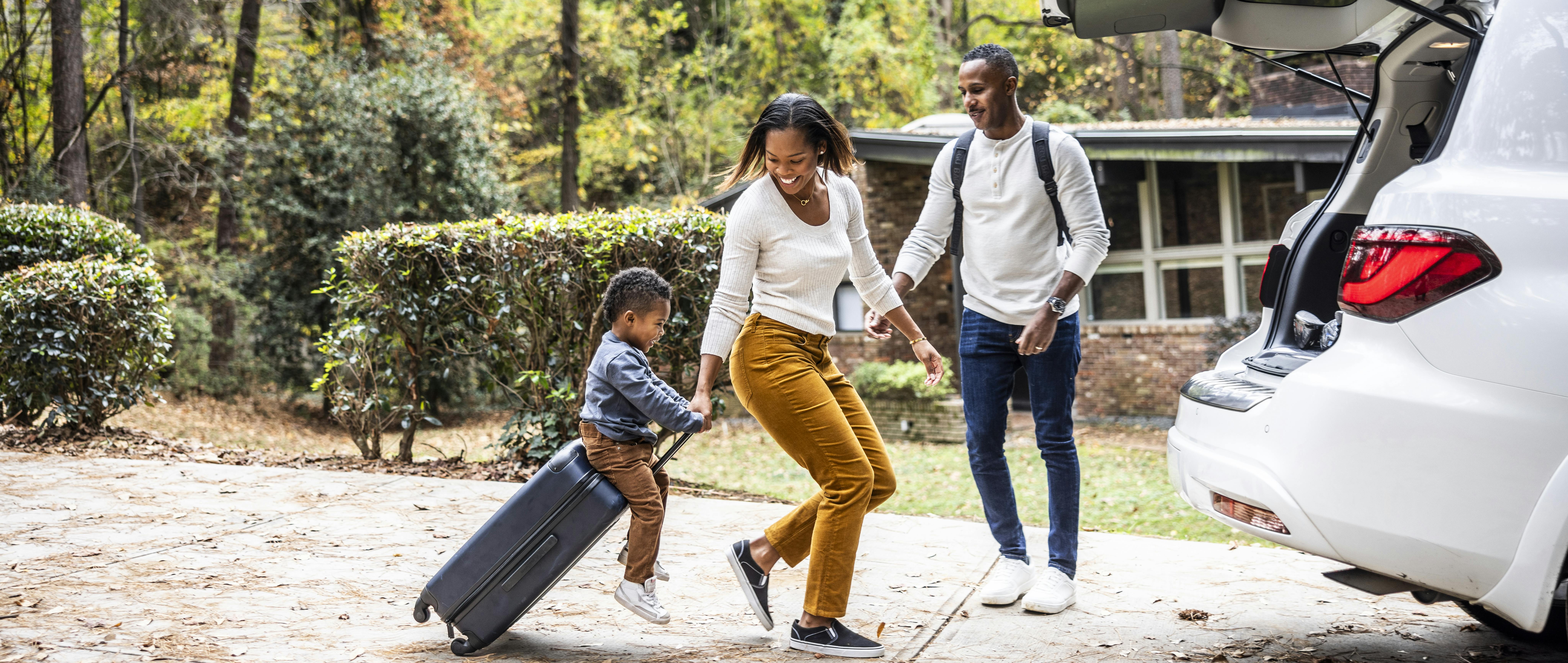The open road. Full of adventure, spanning hundreds of thousands of miles, several continents, and hundreds of countries. It presents the opportunity for the road trip of a lifetime.
While you may be well-equipped to drive in your own country, the winding roads, routes, laws, and practicalities of driving abroad can feel daunting to say the least. Though, you shouldn’t let that put you off – there are some great adventures to be had.
If you’re about to head off on a trip abroad that involves driving, we’ve developed this checklist for everything you need. This article will help you prepare an exciting road trip, wherever you end up.
Don’t forget before you go anywhere, make sure you’re up to date with the terms and conditions from Motonovo in our FAQs: Can I take my vehicle abroad?

Your car checklist
Your car should be the first thing you check before hitting the road on your next big adventure.
Sometimes, breaking down is inevitable, especially if you’re planning on driving for multiple hours at a time. However, some initial preparation work can reduce the severity of the issues that you face.
So, before you sit in the driver’s seat, make sure you check the following items on your car:
- Oil levels
- AdBlue (if applicable)
- Warning lights
- Tyre pressure
- Tyre condition
- Tyre tread depth
- Tyre pump
- Brake responsiveness
- Handbrake effectiveness
- Headlight brightness
- Seatbelt operation
- Spare wheel/space saver
- Tyre puncture repair foam
- Warning triangle
- Screen wash level
If anything’s low, missing, or faulty, be sure to get it looked at prior to starting your trip. If possible, we’d also recommend packing some spares. You can never be too prepared.
Paperwork checklist
Depending on where your journey takes you, you’ll be required to prepare and present various pieces of paperwork along the way. This is particularly true if passing borders between different countries or driving a rented vehicle in a designated place.
When driving in Europe, for example, you’ll need to bring the following documentation to avoid any complications:
- Your driving license
- Your passport
- Insurance certificates (driving and travel)
- The vehicle’s log book
- Tax and MOT status
- International driving permits
- A UK or GB sticker for your car
- Emission stickers
- Headlight converters
These items are needed for most other parts of the world, but we recommend checking the laws of the country you’re headed beforehand to be sure.

Essential items for driving abroad
In addition to these checklists, certain countries will demand you to bring extra equipment while entering them via car. Some European countries, for example, demand that you bring first aid kits, while others require high-visibility jackets just in case they’re needed.
To account for most scenarios, we’ve compiled this list of the essential items you may need while driving abroad:
- High-vis jackets
- First aid kits
- Blankets
- Torch
- Spare fuel
- Sun cream
- Water
- Toys and games
- Medicine
Additional tips for driving abroad
Plan your route
An effective, efficient route is a gamechanger while driving abroad. By planning things in advance, you can avoid delays, distractions, and (sometimes) unnecessary surcharges, as well as factor in fuel refills and a chance to stop and stretch your legs.
While a sat nav will handle most of this work for you, we recommend putting together a rough itinerary of where you’d like to be by certain days. This will help you visualise the journey a lot better, and help you get even more value from the trip than you might’ve originally expected.
Break occasionally
We know you’re excited and that you want to get to the next stop of your journey as soon as possible. But, before you do so, make sure to give yourself a few minutes of break/relaxation time while on your journey.
Driving fatigue can be very dangerous to not only yourself but those around you, too.
Remember language barriers
Other countries will use their native language when writing road signs, which can be confusing if you’re travelling with a sat nav or via Waze/Google Maps. Therefore, you might want to consider learning a few common phrases ready for when your journey begins.
Stop, go, delay, junction, traffic; these are just a few words to learn in preparation for your journey. This can come in especially handy if there are any unforeseen delays in your journey. Speaking to a nearby local or at a motorway service station is often the best source of information for your route.
Location-specific research
Some locations on your journey will have their own rules compared to others. This could revolve around the insurance your car is protected by, the documents you need to safely travel, or specific equipment that you’ll need to have on hand. Some countries, for example, won’t let you travel/drive in them without a first aid kit or warning triangles.
Make sure you look up these rules before setting off. Failing to comply can have some serious consequences.
Make driving a breeze, with MotoNovo
We want you to enjoy your car to the fullest. To do so, we’ve prepared many guides on travel best practices just like this one. For some extra reading on long-distance travel in your car, check out our other article: Our 9 top tips for driving long distances.

